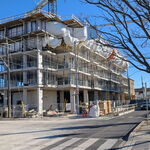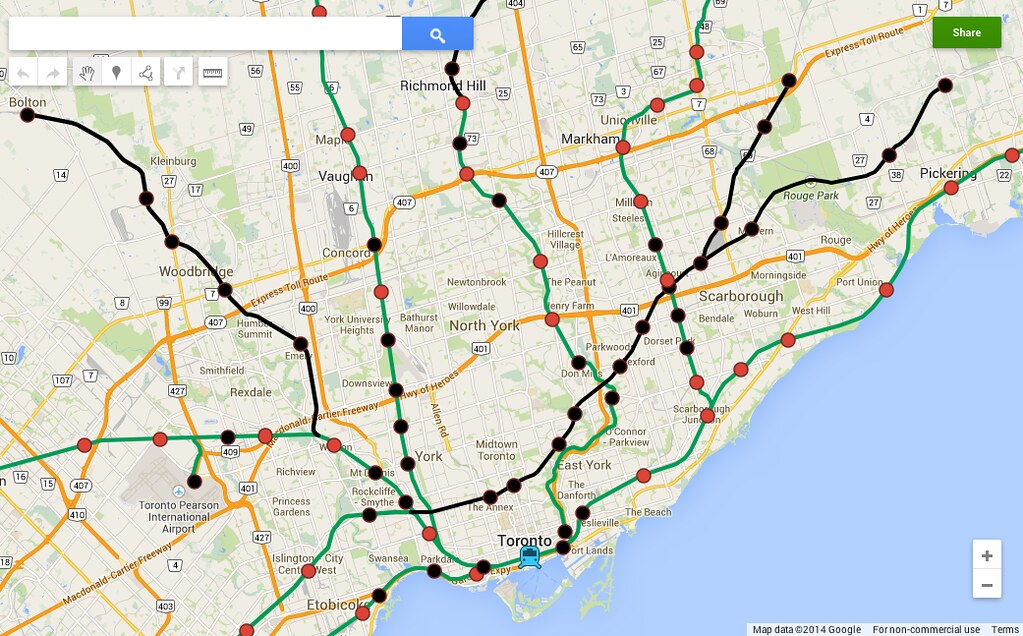dunkalunk
Senior Member
So, obviously to run GO as rapid transit you'd need to add tracks in some locations, grade separate in some places where it hasn't currently.
Where would you guys add or move stations, if we are to make GO into a subway-like service?
Probably the most critical piece to make all of this work is the tunnel under the Union Station Rail Corridor to run RER service.
As for additional stop locations on an electrified RER/REX line, I've given it some thought.
Italics mean express GO trains stop there as well From west to east;
Lakeshore REX
Port Credit
Cawthra
Long Branch
Kipling
Mimico
Park Lawn
Sunnyside
Exhibition
Union
Distillery
Degrassi
Gerrard
Coxwell
Main St
Warden
Scarborough Junction
Eglinton
Guildwood
Morningside
Rouge Hill
Dunmoore
Pickering
Pearson-Scarborough REX
Terminal 1
Highway 27
Islington North
St Phillips
Weston
Jane
Mt Dennis
Rogers
St Clair
Dupont
Bloor
Sorauren
Shaw
Union
Distillery
Degrassi
Gerrard
Coxwell
Victoria Park
Warden
Kennedy
Lawrence
Ellesmere
Scarborough Centre
Brampton-Markham REX
Similar as above, you get the idea.
Attachments
Last edited:





